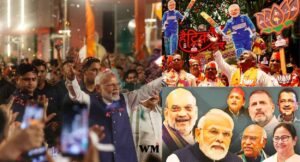Dealing with Deepfakes and Online Misinformation – A Growing Menace
In today’s digital age, different types of false and misleading information are spreading rapidly on social media and the internet. The deepfake phenomenon has further exacerbated this problem.
Understanding what deepfakes are and how to tackle them has become a major challenge. In this article, we will shed light on various efforts to counter deepfakes and online misinformation.
What are Deepfakes?
- Deepfakes are synthetic audio-visual content generated using artificial intelligence (AI) techniques.
- They manipulate videos and images to make them appear real.
- Deepfakes are often used to spread fake news and mislead people.
- It has emerged as a serious cyber threat.
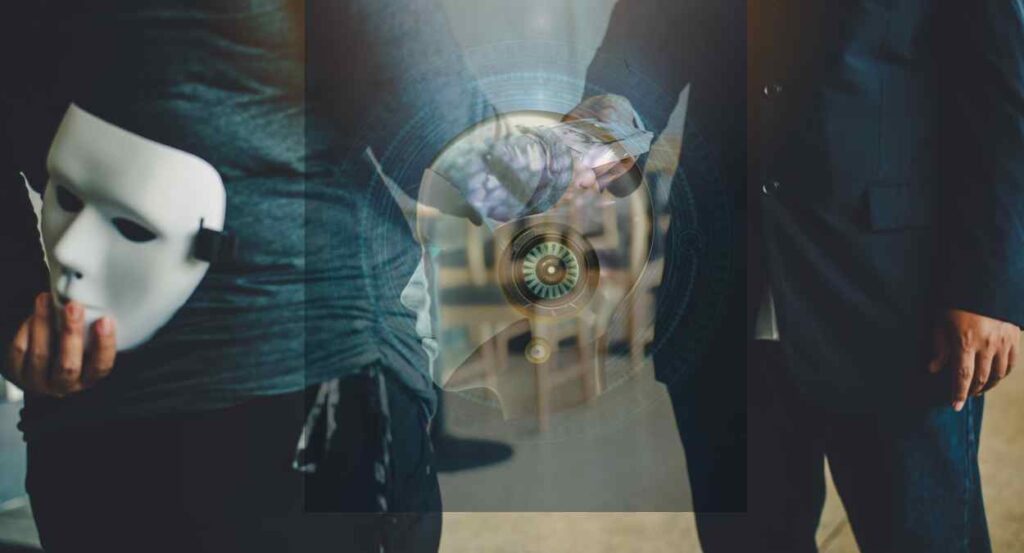
Deepfake Incidents
- Many celebrities like Sachin Tendulkar, Amitabh Bachchan, Narendra Modi etc. have fallen victim to deepfakes.
- Such fake videos going viral on social media propagate misinformation.
- Deepfake videos of politicians are highly prevalent during elections.
- It is difficult for common people to distinguish between real and fake.
Efforts by Government
- The government has initiated the process of formulating policies around AI-related issues like deepfakes.
- Social media platforms have been directed to develop technologies to counter deepfakes.
- Foreign Minister S Jaishankar has also expressed concerns over cyber threats like deepfakes.
Initiatives by Social Media Companies
- Meta (Facebook and WhatsApp’s parent company) has introduced a helpline on WhatsApp to report deepfakes.
- Google has partnered with the Indian fact-checking organization Shakti to fight online misinformation.
- Leading tech companies have formed the Misinformation Combat Alliance which will detect and curb deepfakes.
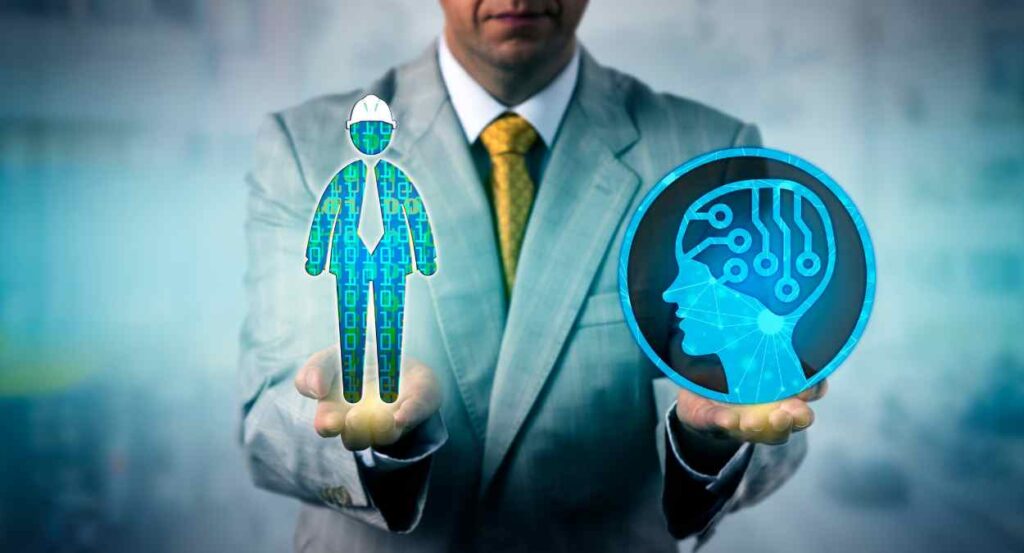
Global Perspective on Deepfakes
Deepfakes are a global problem amplified by social media. According to a comprehensive worldwide survey conducted in 2021:
- 84% of respondents were worried about the malicious use of deepfakes.
- Over 90% felt not enough is being done to combat deepfakes.
- 64% viewed deepfakes as a high threat to democracy.
This indicates widespread concerns regarding deepfakes across countries.
Case Study – Deepfake Impact on Geopolitics
In 2018, a deepfake video showed Gabon’s president Ali Bongo as unwell and unfit to continue ruling. This sparked a failed coup attempt in the African nation. The video was identified as fake only after the coup.
This demonstrates how deepfakes can destabilize governments and impact geopolitics by spreading misinformation at scale. Regulating this technology has thus become imperative.
Emerging Legal Framework Against Deepfakes
Given how deepfakes can have real-world consequences, defining their legal status is important. Currently, there are limited regulations around deepfake creation and distribution. However, some laws are now emerging:
- In the US, Texas and California have passed laws against non-consensual use of deepfakes.
- In China, deepfake technology providers are required by law to verify users’ identities.
- Singapore’s Protection from Online Falsehoods and Manipulation Act provides powers to government ministers to remove harmful deepfake content.
- The European Union is deliberating on formal deepfake regulations.
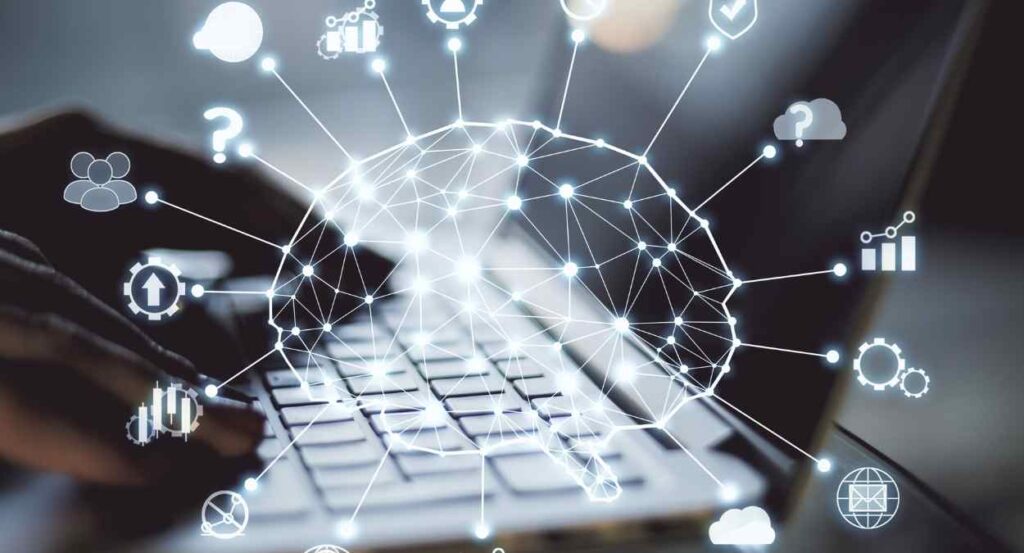
Challenges in Detecting Deepfakes
Spotting deepfakes is an uphill task even for experts. Some key challenges:
- Quality Improvement – Deepfake generation methods are evolving rapidly to create more polished & seamless fakes.
- Accessibility – Open-source deepfake algorithms allow anyone to create fakes easily.
- Detection Lag – Detection techniques take time to catch up with deepfake advancements.
To address these, continuous research and development of robust deepfake detection systems are required.
Emerging Technological Solutions
Technology companies and startups are building innovative solutions to counter deepfakes, such as:
- Blockchain-Based Verification – Leveraging blockchain to establish the authenticity of media through immutable verification records.
- Multimodal Deepfake Detection – Using combinations of techniques like analyzing facial expressions, heartbeats, eye-blinking patterns etc. to improve detection accuracy.
- Digital Image Forensics – Detecting deepfake media by spotting inconsistencies in pixels, noise patterns, lighting etc. through forensic analysis.
- Deepfake Synthesis Detection – Using AI to recognize generated content by looking for artefacts traceable to deep learning models.
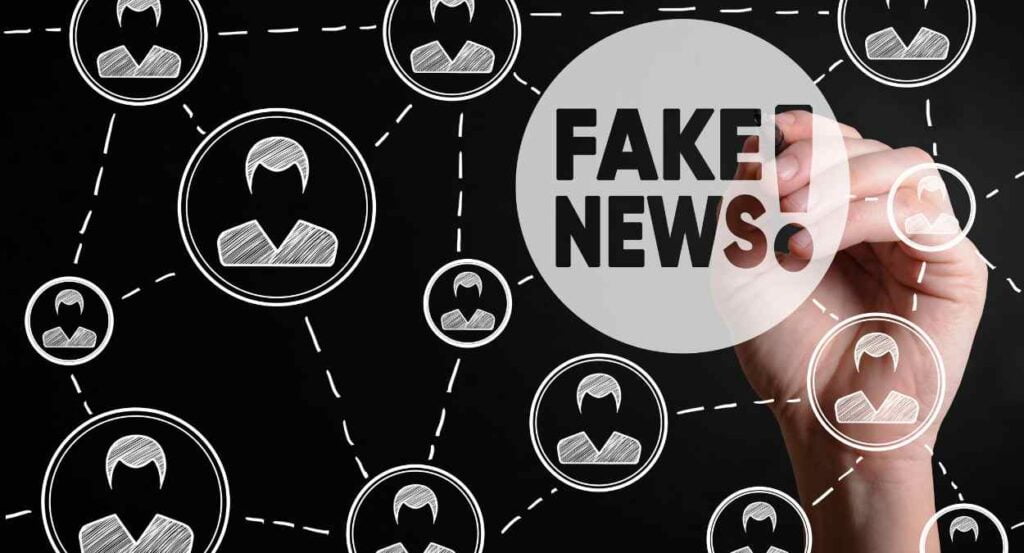
Role of Education in Tackling Disinformation
Along with regulations and technology, education also has a crucial role in tackling disinformation. Some key focus areas are:
Promoting Media Literacy – Teaching critical thinking skills to objectively assess media authenticity and credibility.
Raising Awareness on Types of Disinformation – Educating people about various forms of false information like propaganda, misreporting, fake reviews etc.
Responsible Social Media Usage – Encouraging careful sharing and verification of information sourced online.
Informed citizens who can identify and call out falsehoods will be a strong defence against malicious misinformation.
Conclusion
Deepfakes and online misinformation pose a complex challenge requiring coordinated action on various fronts. While governments, technology firms and civil society organizations are taking steps to counter this, common citizens also need to be vigilant and view social media content with a lens of scepticism. Technological, policy and legal advancements are required at a global level to effectively combat deepfakes. With comprehensive efforts on awareness, regulations and innovations, the risks from this evolving threat can be mitigated.
Also Read:
What Does The Odometer Of An Automobile Measure? Your Car’s Odometer Reading Explained
Cervical Cancer in India: A Comprehensive Guide on Risk Factors, Symptoms, Prevention and Treatment
90-30-50 Diet Plan: A Balanced Nutrition Plan For Your Optimum Health
The Unexpected Fat Burning Power Of Ghee, How To Take Ghee For Weight Loss?
Discover India’s Top 25 Vipassana Meditation centre For Life Transformation























